By Jonathan Ismail, Outreach Specialist, LEAF K-12 Forestry Education, University of Wisconsin-Stevens Point; Jismail@uwsp.edu or 715-346-3229
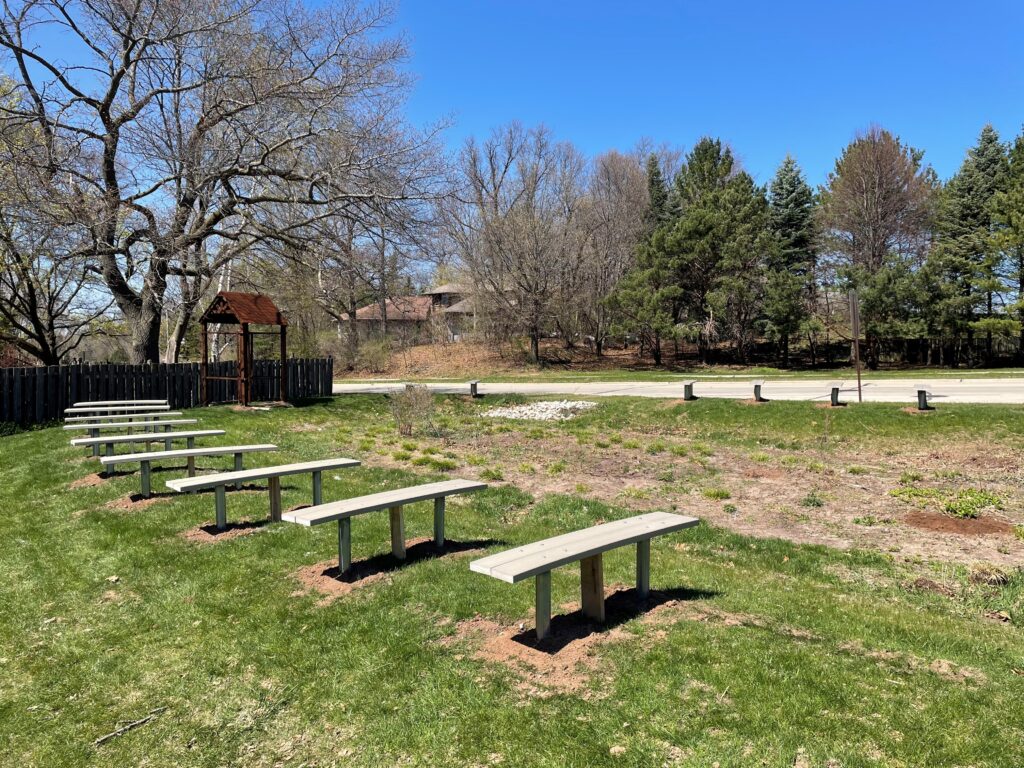
Photo credit: Scott Stromberger
How can learning be enhanced outdoors? What does a tree canopy at a “green” school look like? Can an outdoor classroom be an effective learning environment?
Edison Middle School in Green Bay is exploring outdoor STEM learning opportunities thanks to partnerships with DNR Urban Forestry, American Transmission Company (ATC) and LEAF K-12 Forestry Education. The plan to create an outdoor classroom grew from a discussion Urban Forestry Coordinator Tracy Salisbury had with ATC staff looking for opportunities to give back to communities. ATC’s interest in funding STEM education in their communities was a natural fit for the DNR’s goal to increase tree canopies at schools. Continue reading “DNR Supports School-Based Urban Forest Canopy In Green Bay”


 Congratulations to Tracy Salisbury, who began her retirement in May. Tracy has been with the DNR as an urban forestry coordinator in northeast Wisconsin since 1998.
Congratulations to Tracy Salisbury, who began her retirement in May. Tracy has been with the DNR as an urban forestry coordinator in northeast Wisconsin since 1998.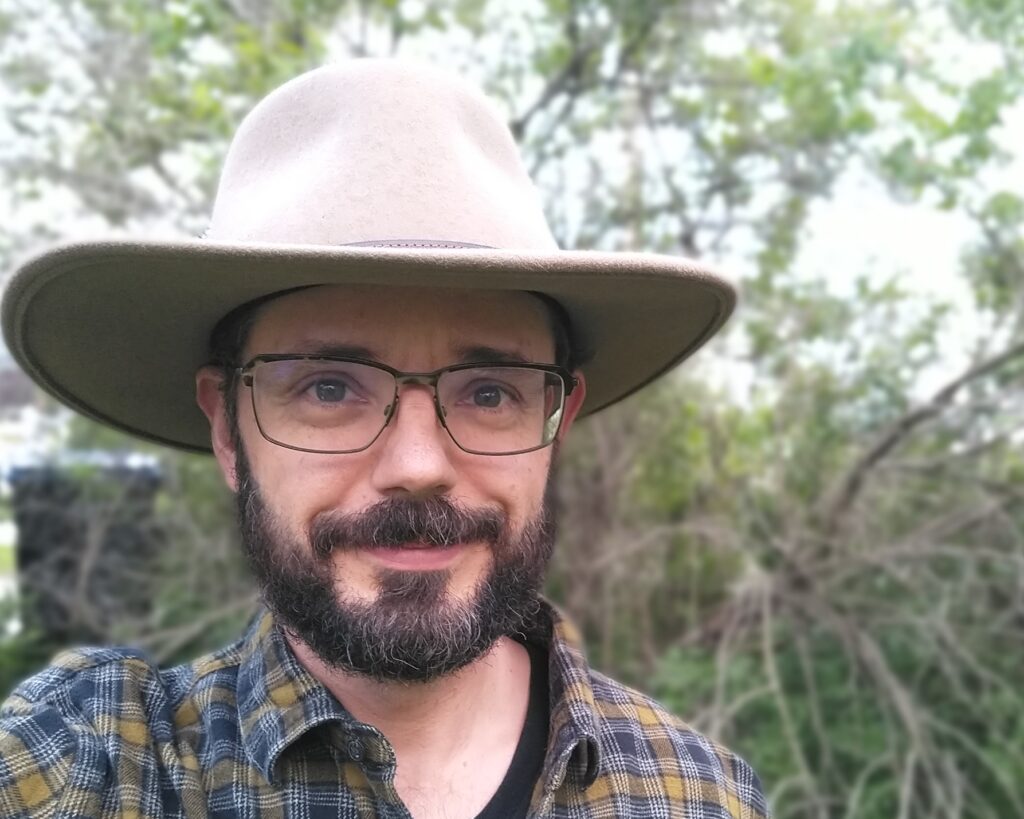 Jay Dampier joined the Urban Forestry Team on June 3 as the new Inflation Reduction Act (IRA) grant coordinator. This is a federally funded project position that will be overseeing $4 million of federally funded grants awarded to Wisconsin communities, tribes and nonprofits. These IRA funds were allocated to the urban forestry program by the United States Department of Agriculture (USDA) Forest Service in 2023. As part of the Justice 40 Initiative, 100% of the funds will be used to improve the urban forest resources and lives of those living in disadvantaged communities throughout the state.
Jay Dampier joined the Urban Forestry Team on June 3 as the new Inflation Reduction Act (IRA) grant coordinator. This is a federally funded project position that will be overseeing $4 million of federally funded grants awarded to Wisconsin communities, tribes and nonprofits. These IRA funds were allocated to the urban forestry program by the United States Department of Agriculture (USDA) Forest Service in 2023. As part of the Justice 40 Initiative, 100% of the funds will be used to improve the urban forest resources and lives of those living in disadvantaged communities throughout the state.  At first glance, the Callery pear (Pyrus calleryana) tree seems appealing, with its white blossoms in spring and colorful leaves in fall. Digging a little deeper, however, reveals the grim reality of this common urban tree. Once introduced for its ornamental value, this invasive species has become a significant threat to Wisconsin’s ecosystems.
At first glance, the Callery pear (Pyrus calleryana) tree seems appealing, with its white blossoms in spring and colorful leaves in fall. Digging a little deeper, however, reveals the grim reality of this common urban tree. Once introduced for its ornamental value, this invasive species has become a significant threat to Wisconsin’s ecosystems. 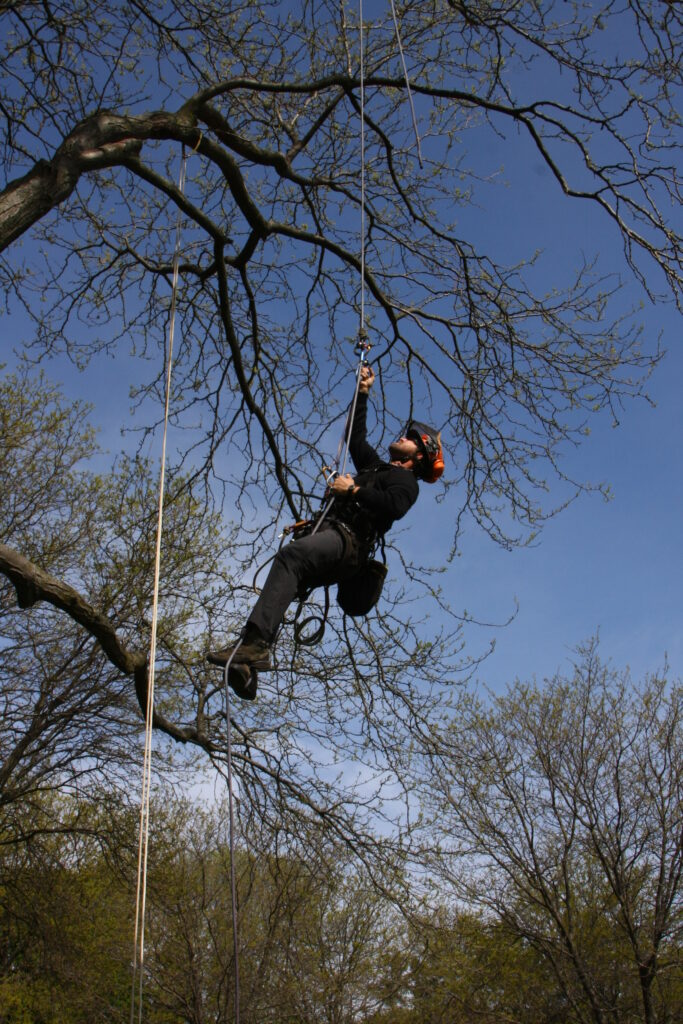 Join the Wisconsin Arborist Association (WAA) for its summer conference. It will be held at the University of Wisconsin-River Falls University Center in River Falls, Wisconsin, on Friday, July 26, 2024. The program will have a little something for everyone, Planting for the Future and feature two educational tracks, one indoors and one outdoors.
Join the Wisconsin Arborist Association (WAA) for its summer conference. It will be held at the University of Wisconsin-River Falls University Center in River Falls, Wisconsin, on Friday, July 26, 2024. The program will have a little something for everyone, Planting for the Future and feature two educational tracks, one indoors and one outdoors.
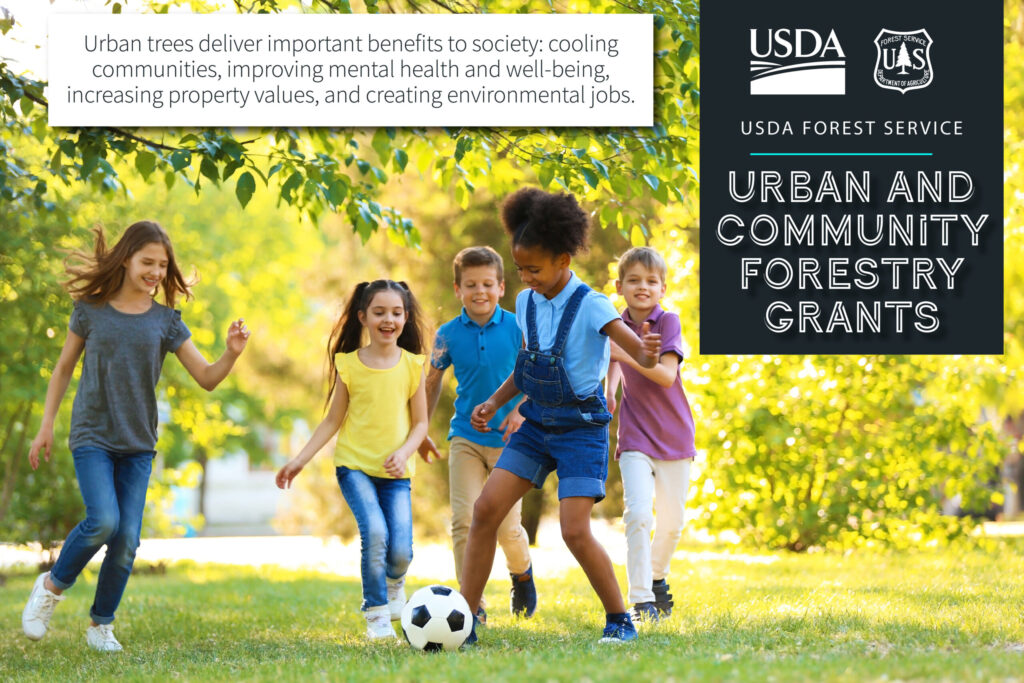 The Urban Forestry Inflation Reduction Act grant program uses
The Urban Forestry Inflation Reduction Act grant program uses 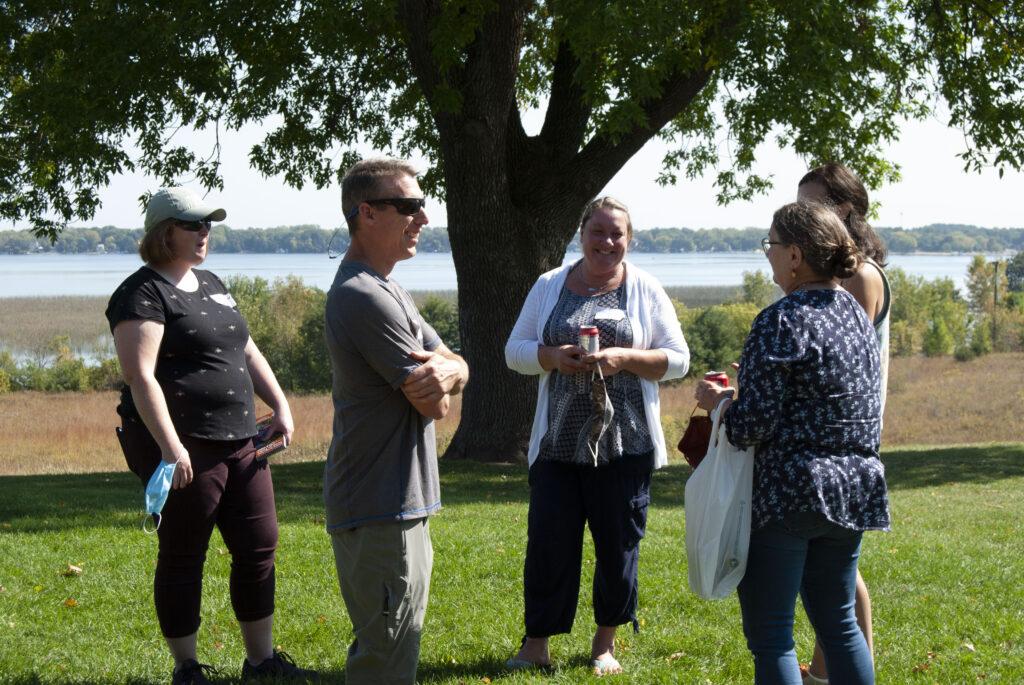 Partner with community groups such as 4-H, Scouts, rotary clubs and neighborhood associations to plant and care for trees.
Partner with community groups such as 4-H, Scouts, rotary clubs and neighborhood associations to plant and care for trees.